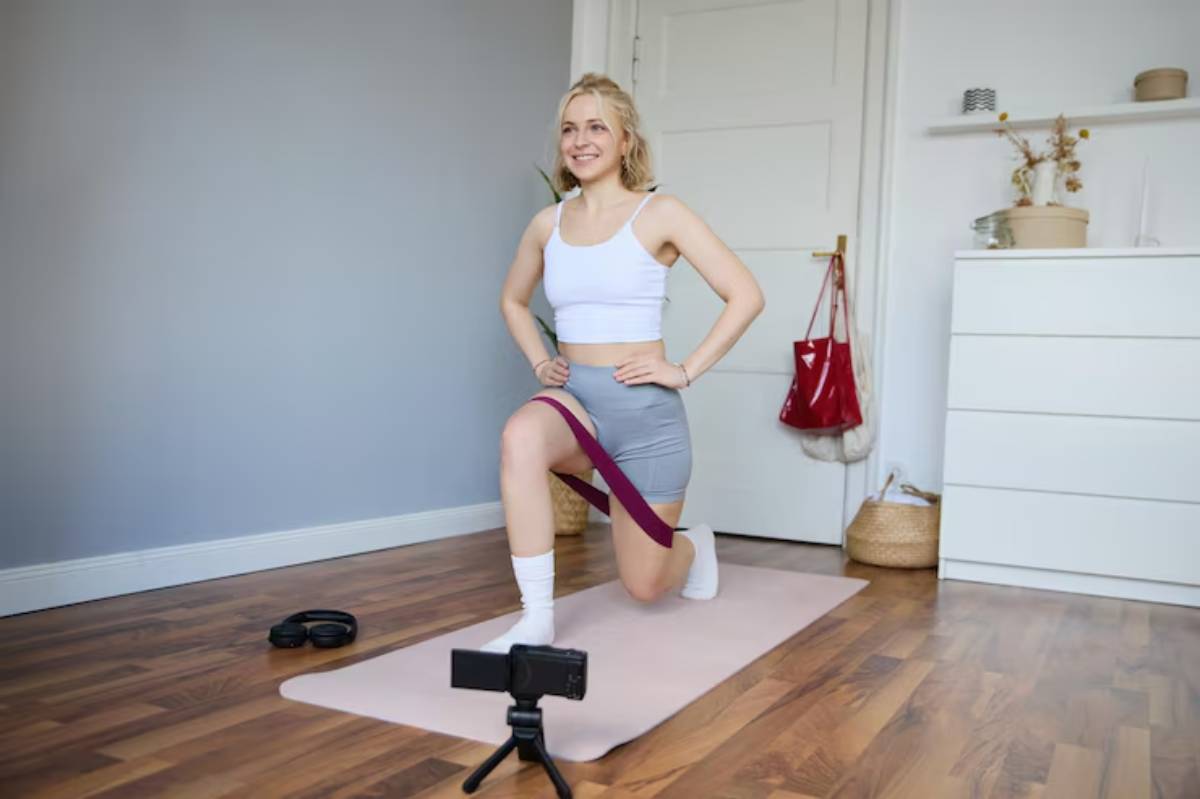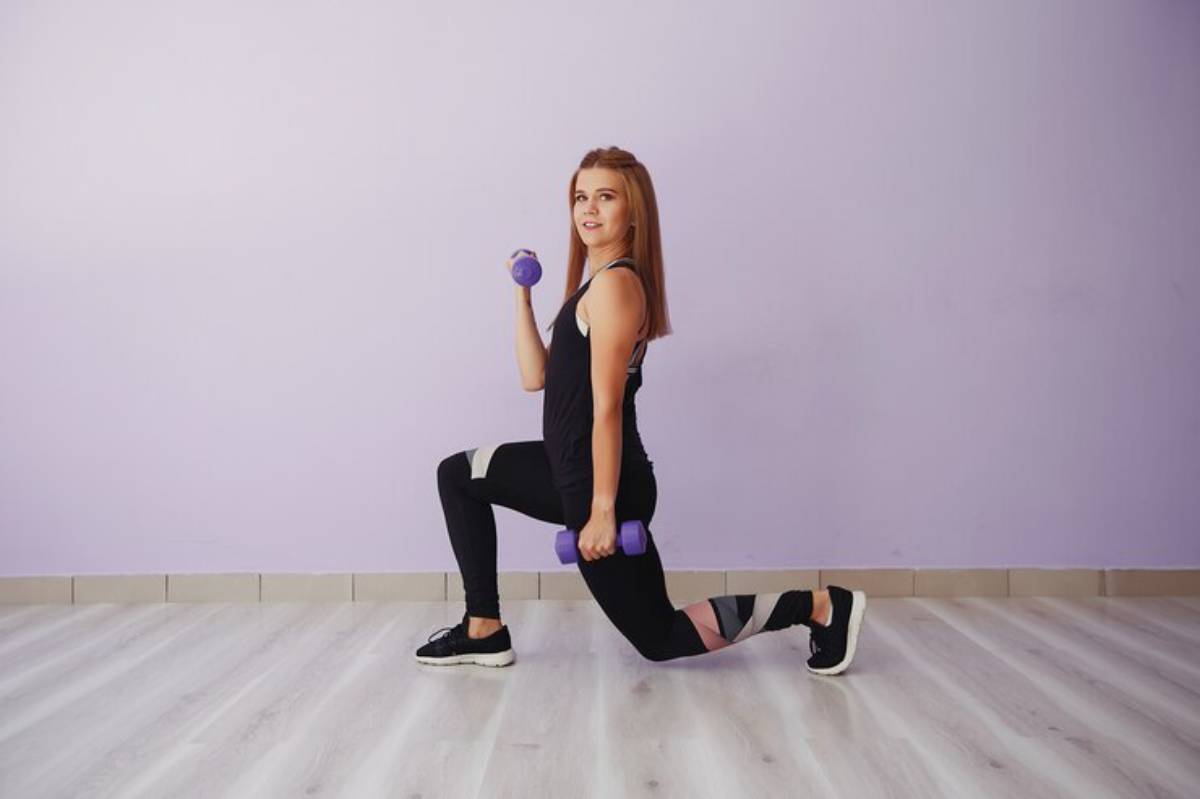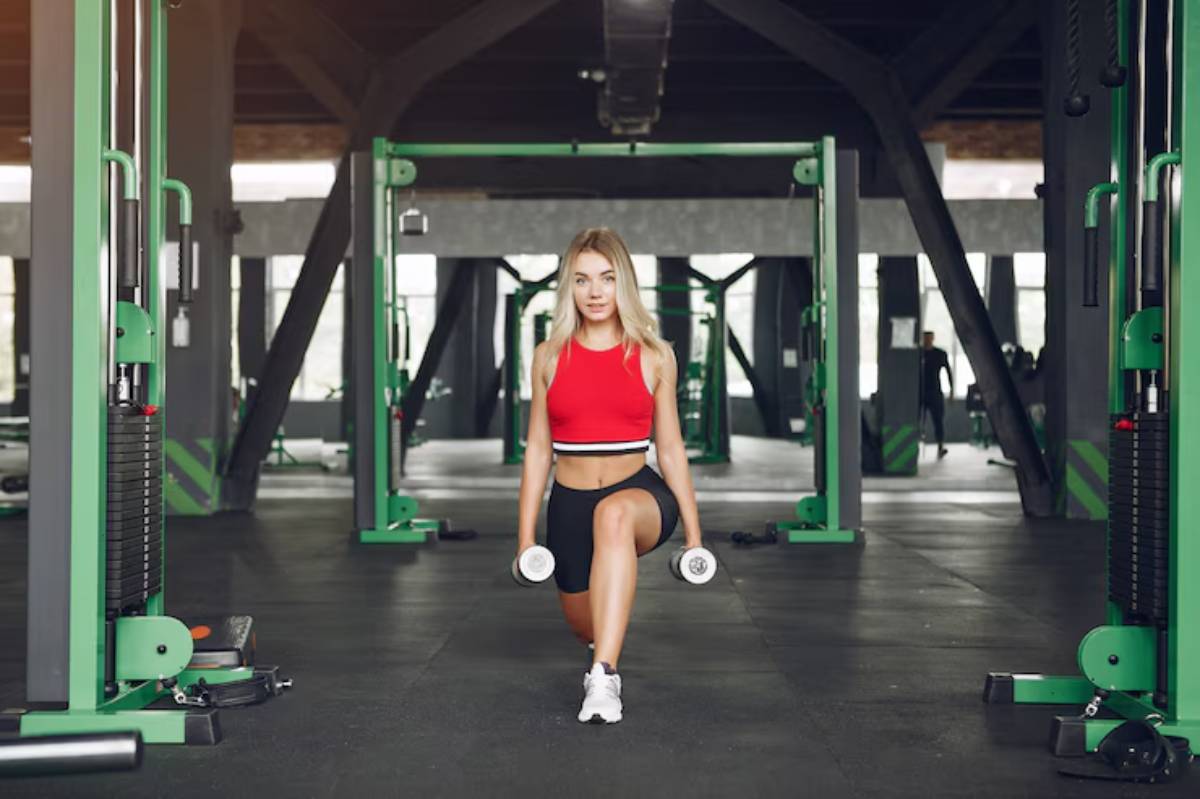
Balancing Strength Training With a Busy Life
Trying to squeeze strength training into a busy life can feel like solving a complex puzzle. Whether you’re balancing a demanding job, family commitments, or just the whirlwind of modern life, making time to train often feels like a luxury. Yet, for women who want to feel strong, energised, and in control of their bodies, lifting weights can be one of the most empowering and rewarding forms of self-care.
In this guide, we’ll explore how you can realistically balance your strength training goals with everything else life throws your way. You’ll discover time-efficient workout strategies, mindset shifts that reduce pressure, and practical routines that don’t demand perfection. Because the truth is, you don’t need hours in the gym—you just need a plan that works for you.
Why Strength Training Is Worth Prioritising
It’s More Than Just Muscle
Strength training isn’t just about gaining muscle. It improves bone density, balances hormones, supports metabolic health, and enhances mental resilience. For women especially, it’s a cornerstone of long-term wellness.
It Helps You Handle Life Better
Busy women who train for strength often find that the gym becomes more than a workout—it’s a source of stability. Regular lifting enhances mood, improves sleep, and even sharpens cognitive function. In short, it makes you better equipped to juggle everything else.
Mindset First: Ditch the All-or-Nothing Thinking
One of the biggest obstacles to consistent training is the belief that if you can’t do it perfectly, it’s not worth doing at all. This is a trap.
- 15 minutes of focused training beats zero every time.
- Consistency trumps intensity—especially when time is tight.
- Training seasons are normal. Some weeks you’ll lift heavy. Others, you’ll show up and move. That’s okay.
The goal isn’t to be perfect—it’s to be present and to keep momentum.
Smart Training: Strategies That Fit a Full Life
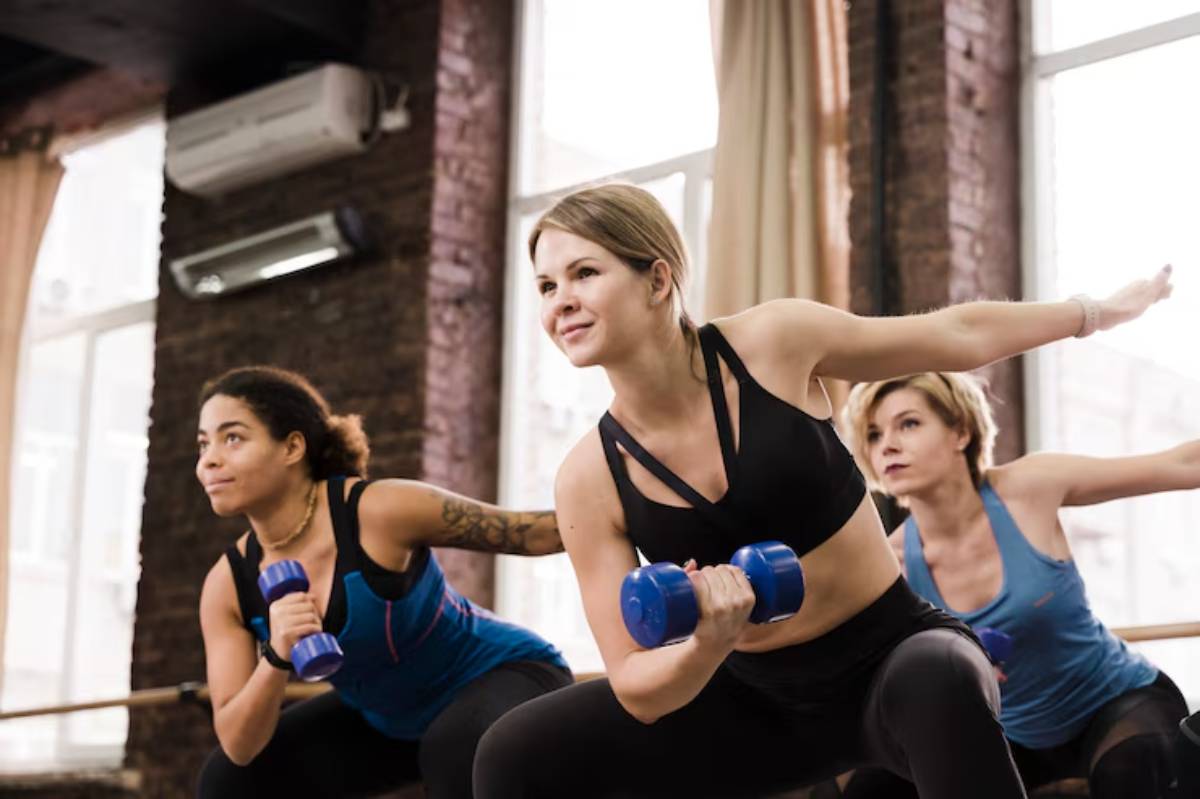
1. Shorten, Don’t Skip
You can achieve incredible results with workouts that last 20–30 minutes, as long as they’re structured well. Prioritise compound lifts like:
- Squats
- Deadlifts
- Push-ups or bench press
- Rows or pull-ups
These movements work multiple muscle groups at once, giving you more bang for your buck.
2. Use Full-Body Splits
Instead of dedicating separate days to legs, arms, or back, train your full body two to three times a week. This style is ideal for time-crunched lifters and allows for flexibility in your weekly schedule.
If you’re not sure how to structure this, a 3-day full-body weight training split can provide a practical foundation.
Efficient Weekly Training Structure
Here’s a weekly structure you can adapt to your life:
Day & Activity
Monday: Full-body strength (30–40 mins)
Tuesday: Rest or light walk/stretch
Wednesday: Full-body strength (25–30 mins)
Thursday: Rest or short mobility session
Friday: Full-body strength or quick HIIT finisher
Weekend: Active rest—walk, yoga, or nothing
You don’t have to follow it rigidly. Use it as a flexible blueprint to adjust based on your week’s demands.
How to Stay Consistent When Life Gets Hectic
Make Movement a Default
Try pairing workouts with existing habits, like:
- Doing mobility flows right after your morning coffee
- Lifting weights at home while dinner is cooking
- Walking during calls or podcasts
When training blends into your lifestyle, it becomes easier to sustain.
Train at Home When Needed

Don’t let lack of time for a gym commute stop you. A basic set of dumbbells or resistance bands can support effective sessions at home. In fact, for busy schedules, home-based strength training can be a game-changer.
If you’re looking for inspiration, these dumbbell leg workouts for women at home show how simple tools can deliver solid results.
Motivation Tips for Busy Women
- Set micro goals. “Train twice this week” feels doable. “Transform my body” feels vague and overwhelming.
- Track your wins. Strength gains, mood boosts, or consistent days all count. Reflect weekly.
- Celebrate progress. Whether it’s one more rep or making time to train despite stress, give yourself credit.
Dealing With Guilt or Missed Workouts
You won’t always get your sessions in. Life happens. Instead of guilt-tripping yourself:
- Reflect on what threw you off
- Adjust your plan for the next day or week
- Remind yourself that you’re playing the long game
Perfection isn’t required. Progress is what matters.
Nutrition Support for Energy and Recovery
Don’t overlook nutrition, especially if you’re juggling a busy life. Some essentials:
- Protein with every meal (great for recovery)
- Smart carbs (like oats, sweet potatoes, rice) for energy
- Hydration (carry a water bottle, especially on busy days)
Pre-prepped meals, snacks like protein bars, and smoothies can prevent skipped meals and ensure you’re fuelling your body for training.
Making Strength a Lifelong Habit
The most successful women in strength training don’t necessarily train the most—they train the longest.
Here’s how they do it:
- Keep it simple. Use tried-and-tested movement patterns.
- Plan for real life. Don’t expect a perfect week. Have a Plan B.
- Celebrate resilience, not just results. Just showing up consistently is a win.
Keeping It Real: Balance Over Burnout
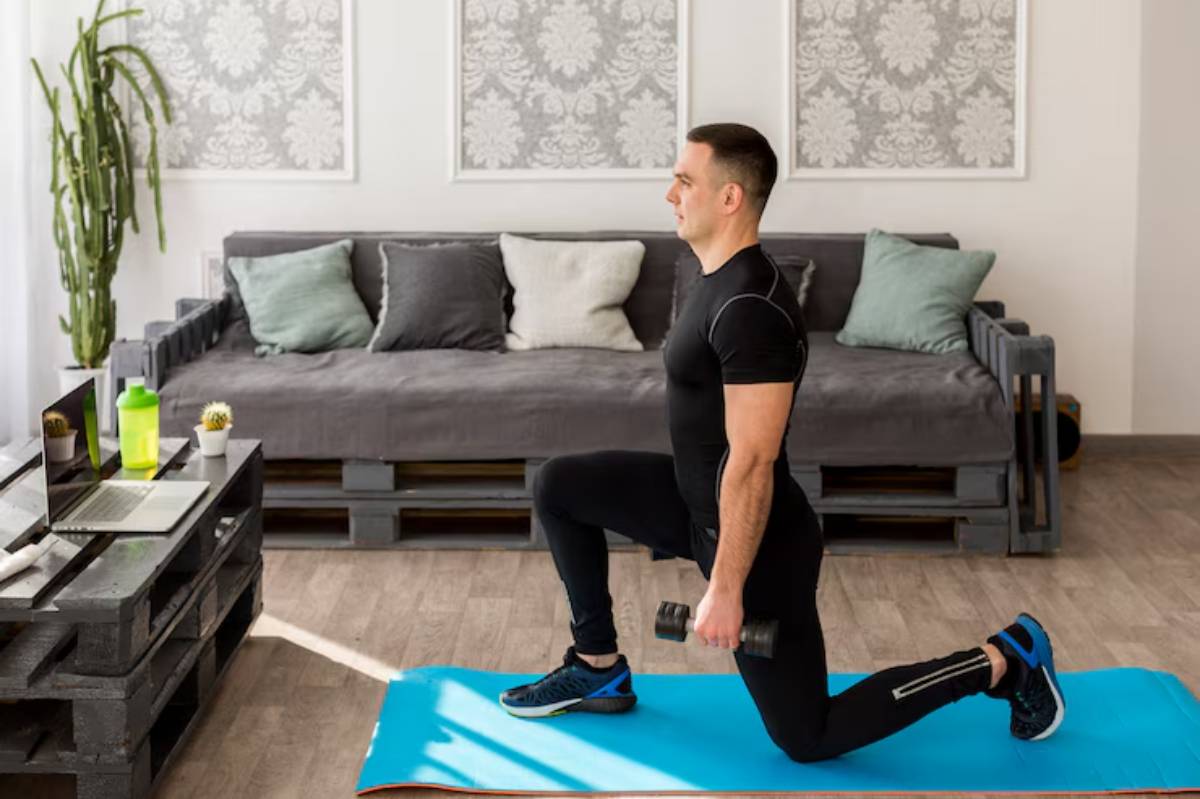
Strength training is one of the most powerful investments you can make in your long-term health—but it shouldn’t come at the cost of everything else. You don’t have to train like an athlete to benefit from lifting. You just need to show up consistently and adapt your plan to fit your life, not the other way around.
Instead of chasing perfection, chase persistence. Let training be a part of your lifestyle—not a chore or a stressor. With the right mindset and some flexibility, you absolutely can build strength while living a full, busy life.
Start by picking two days this week to train—just two. Keep it short, simple, and full-body. Once you feel how good it is to move and build strength, the rest will follow. You’ve got this.
